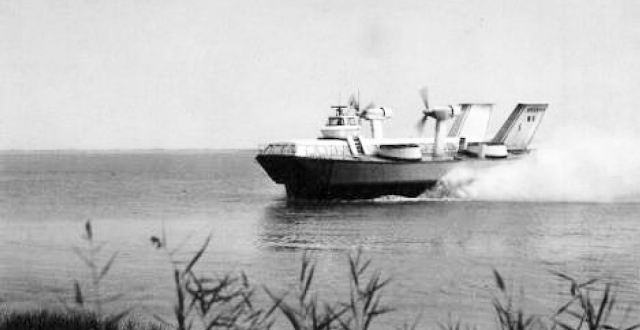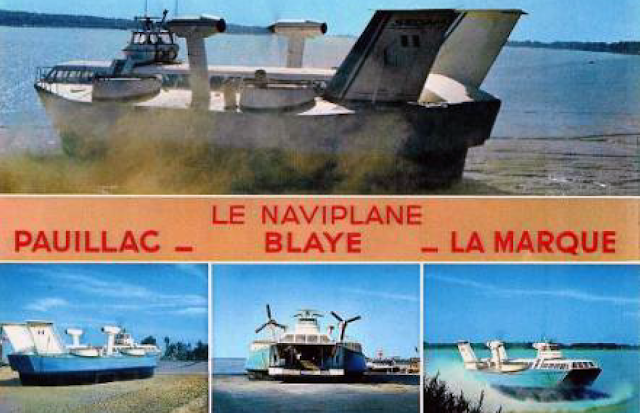In the run-up to the festive season, why not take some time out to attend the Compagnie Clapotis production of Henrik Ibsen's A Doll's House? It will be performed six times between 11th and 14th December at the Halle des Chartrons in Bordeaux, with three performances in English and three in French. To find out more, Invisible Bordeaux spoke to Joshua Stretton from the bilingual theatre company.

Joshua Stretton(credit: Victoria Hebrard).
What is taking shape?

We are staging a production of A Doll's House, a 19th-century Norwegian play that is well known in Scandinavia, the UK and the US, but arguably not so well known in France. The play centres on Nora, and the story revolves around her marriage, her relationship with her husband, and a decision she made a decade earlier that comes back to haunt her. In essence, this is a 19th-century version of a kitchen sink drama, with the story unfolding behind closed doors. The play can be regarded as an early feminist text, focusing on a woman who self-emancipates. The play was a huge success when it was first written and performed, and it remains just as inspiring today.
Can you introduce us to Compagnie Clapotis?
My wife Emily Guernsey and I are the creative partners behind Compagnie Clapotis, an immersive bilingual theatre company. Emily is from Maine in the US and I am from Somerset in the UK. We met in Paris while working on outdoor Shakespeare productions and moved to Bordeaux in 2022, establishing the company to focus on non-traditional theatre in unconventional spaces. The name 'Clapotis' refers to the ripples on the surface of water.
Can you tell us about some of your other projects/formats?
We also run “Director's Labs”, a programme that originated in Paris and which we would like to replicate in Bordeaux. These are acting classes that are designed to help directors, too. We explore a variety of styles and encourage multiple directors to develop a concept, which is then rehearsed with actors. We also run educational seminars on Shakespeare based on our experience gained over the past 10 years.
Focusing on A Doll's House, who will be on stage?
There are four actors playing six parts, two of whom are native French speakers and two of whom are native English speakers. Yolanda Creighton, who is from Paris, plays Nora, while I play her husband, Torvald. The other two actors, Mayte Perea López (actually Franco-Spanish) and Paul Wilson (an Englishman based near Bordeaux), each play two roles. Emily is directing the show!
 |
| Left-right: Yolanda Creighton, Paul Wilson, Mayte Perea López (credit: Victoria Hebrard). |
What is the thinking behind the performances in English and in French and what are the learnings from working on two versions of the same play?
The idea is that we are testing the waters in Bordeaux with English theatre, but we also want to attract the local audience, hence the shows in French.
While working on the play, we realised that French is a much more direct language than English, which is more nuanced. For example, in an early scene, I regarded the interaction between husband and wife as friendly teasing in English. However, at the French-language auditions, everyone performed this scene as an argument. When we asked the actresses we cast, they noted they saw the exchange as abrupt.
The two versions we are performing will be as similar as possible, but they will also be slightly different. Having two native French speakers and two native English speakers adds to the project's uniqueness.
You'll be playing in the round, is this something you're used to?
It's something we've done a few times before. The format is very liberating, but it takes a lot of stagecraft to let go of the idea that you have to face one direction! The play involves a lot of movement and frequent changes of angle. This configuration also enables us to use a large stage on which we will be mimicking an apartment complete with furniture.
 |
| Paul and Joshua mid-rehearsal (credit: Victoria Hebrard). |
Why did you choose A Doll's House and why is your version set in the 1930s?
The main draw was the storyline. We wanted to update it, but certain plot constraints, including a twist involving a loan, would have required significant changes if we were to set it in modern times. So, we opted for the 1930s, which is obviously an interesting period to consider right now, with the added backdrop of the financial crisis of the time. We decided to keep the setting in Norway to retain the conventions of the original. We're confident the audience will easily overlook the fact that the dialogue is in English or French!
What do you hope audiences will take away from these performances?
We hope they will appreciate some well-produced, strongly acted theatre in the form of an intense, high-octane drama from start to finish, which will be an exciting experience in the round. It could also prompt a discussion about language: for those who come to see it in English, is this what they want? For those who see it in French, did they find it interesting to see a performance that isn’t a typical French play? We also hope that audiences enjoy experiencing theatre in such an intimate setting.
Where can tickets be purchased and where can readers keep up to date with Compagnie Clapotis news?
Tickets can be purchased via our website or the HelloAsso platform. They are priced at €18, with reduced rates of €14, and there are also pay-what-you-can concessions for the two matinee performances because we believe that ticket prices should not be a barrier for the community. Keep up to date with Compagnie Clapotis on our Instagram account!
 Event: A Doll’s House by Henrik Ibsen
Event: A Doll’s House by Henrik Ibsen Dates: Thursday 11– Sunday 14 December (English-language performances Thu 11 at 19:00, Sat 13 at 15:00 and 19:00, French-language performances Fri 12 at 19:00, Sun 14 at 15:00 and 19:00)
Dates: Thursday 11– Sunday 14 December (English-language performances Thu 11 at 19:00, Sat 13 at 15:00 and 19:00, French-language performances Fri 12 at 19:00, Sun 14 at 15:00 and 19:00) Venue: Halle des Chartrons, Bordeaux
Venue: Halle des Chartrons, Bordeaux




















































0 commentaires: